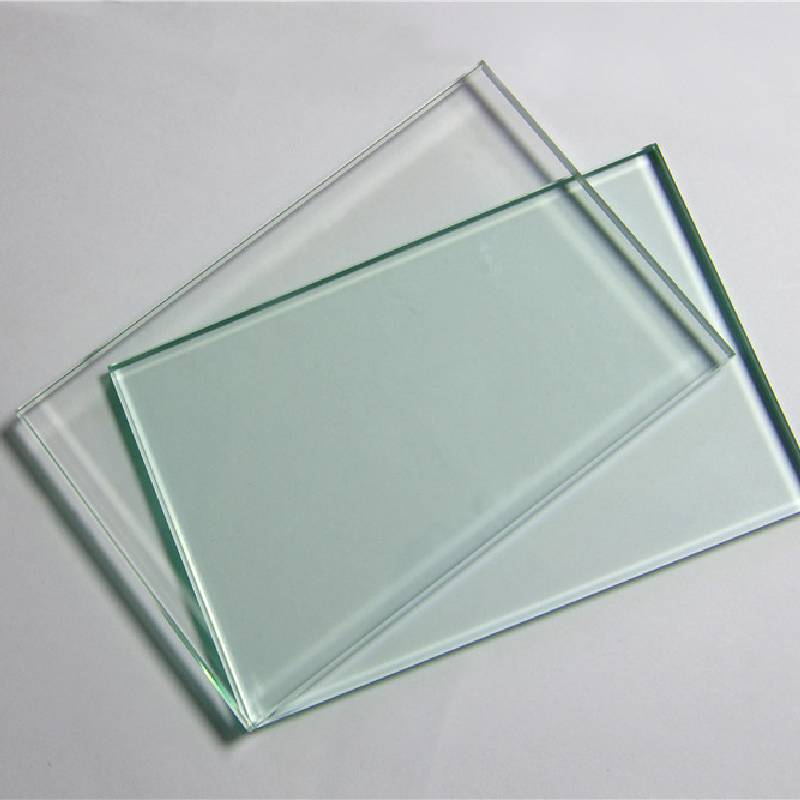

The Benefits and Applications of Tinted Laminated Glass
In recent years, tinted laminated glass has gained significant popularity in architectural design, automotive industries, and various other applications. This innovative material not only enhances aesthetic appeal but also provides several functional advantages, making it a preferred choice for architects and designers.
Understanding Tinted Laminated Glass
Tinted laminated glass is composed of two or more layers of glass bonded together with an interlayer, which is typically made of polyvinyl butyral (PVB) or ethylene-vinyl acetate (EVA). During the manufacturing process, a tint is added to the the glass or the interlayer, resulting in a colored film. This tint can be tailored to various shades and densities, allowing for customization according to the specific needs of a project. The combination of tinting and lamination delivers enhanced durability, safety, and energy efficiency.
Aesthetic Appeal
One of the primary reasons architects and designers opt for tinted laminated glass is its aesthetic versatility. Tinted glass can complement a building's facade or an automobile's bodywork, providing a cohesive look that enhances the overall design. Whether aiming for a modern, sleek appearance or a more traditional style, tinted laminated glass can adapt to various architectural themes. The available tint options can range from subtle shades to vibrant hues, offering endless design possibilities.
Energy Efficiency
Tinted laminated glass plays a critical role in energy efficiency. The tinted layer effectively reduces glare and blocks a significant percentage of solar heat gain, helping to maintain a comfortable indoor temperature. This can lead to substantial energy savings as the demand for air conditioning decreases during hot weather. Additionally, laminated glass offers thermal insulation properties, helping to regulate indoor temperatures year-round. This characteristic is particularly advantageous in commercial buildings, where energy consumption is a top concern.

UV Protection
Another noteworthy benefit of tinted laminated glass is its ability to block harmful ultraviolet (UV) rays. Prolonged exposure to UV rays can lead to skin damage and contribute to fading and deterioration of interior furnishings, artwork, and flooring. Tinted laminated glass can filter out up to 99% of UV radiation, providing a protective barrier for occupants and valuable possessions alike.
Safety and Security
Safety is a primary consideration in both architectural and automotive design. Tinted laminated glass enhances security by holding shattered glass panels together, thereby reducing the risk of injury from shards. In the event of breakage, the interlayer prevents the glass from collapsing, which is especially crucial in high-rise buildings and vehicles. Additionally, laminated glass can be manufactured to meet impact-resistant standards, making it an effective deterrent to forced entry.
Applications in Various Industries
The use of tinted laminated glass spans various industries. In architecture, it is widely used in commercial buildings, residential homes, and storefronts to create visually striking facades while improving energy efficiency. In the automotive industry, tinted laminated glass is increasingly common in windshields and windows, enhancing the aesthetic appeal of vehicles while providing privacy and UV protection. Furthermore, tinted laminated glass is also employed in interior designs, such as partition walls and decorative features, offering an elegant touch to any space.
Conclusion
In summary, tinted laminated glass is an exceptional material that combines functionality with aesthetics. Its benefits—ranging from energy efficiency and UV protection to safety and security—make it a valuable choice for varied applications in architecture and automotive design. As technology continues to advance, the possibilities for tinted laminated glass will undoubtedly expand, solidifying its place as a staple in modern design. Whether viewed as a protective measure or as an enhancement to visual appeal, tinted laminated glass is poised to remain an essential element in contemporary construction and design.